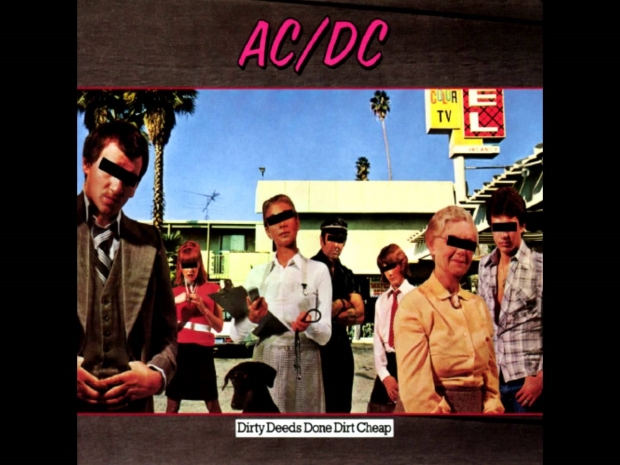The programme was set up as a way of working with OEMs and add-in board (AIB) partners on new products, product launches, marketing and so forth. It looked so benign that we ignored it.
However, an investigation by HardOCP after an AMD tip-off has found that the GPP has darker elements of an anticompetitive and anti-consumer nature.
Aware that things were about to get messy, Nvidia’s director of partner marketing, John Teeple, put up a blog post outlining Nvidia’s new initiative. In it, he claimed that the GPP was “designed to ensure that gamers have full transparency into the GPU platform and software they're which, and can confidently select products that carry the NVIDIA GeForce promise”.
"This transparency is only possible when NVIDIA brands and partner brands are consistent. So the new program means that we'll be promoting our GPP partner brands across the web, on social media, at events and more. And GPP partners will get early access to our latest innovations, and work closely with our engineering team to bring the newest technologies to gamers. Partners are signing up, fast. They see the benefit of keeping brands and communication consistent and transparent.”
HardOCP has discovered that despite this transparency claim, it’s unclear which companies are part of the program.
Kyle Bennett from HardOCP spoke with seven companies, none of which wanted to go on the record, but did chat anonymously about the GPP.
Apparently, the GPP agreement document states that GPP partners must have their “gaming brand aligned exclusively with GeForce”. In other words, if a company like Asus wanted to join the GPP, they would not be allowed to sell AMD graphics cards as Republic of Gamers products. No more ROG-branded Radeon video cards, no more ROG laptops with AMD graphics inside.
Nvidia isn’t forcing anyone to sign up, but there are some pretty significant consequences if they don’t. GPP provides benefits to partners such as launch partner status, high-effort engineering engagements, marketing development funds, social media and PR support, and game bundling.
If they don’t then their rivals who are part of the GPP will get special treatment from Nvidia. So there is a pretty strong incentive for OEMs and AIBs to sign up otherwise they’ll be left in the dust by the dominant player in the graphics market.
Some AIBs were worried that if they do not sign up to the GPP, Nvidia will restrict GPU allocations and preference GPP members instead. This isn’t in the GPP agreement itself but is allegedly happening through under the table agreements.
Nvidia requires participants to align their gaming brands with GeForce exclusively. So these OEMs and AIB partners that have to join the GPP to remain competitive, now cannot use their gaming brand on AMD, Intel or any other competitor’s products.
An AIB partner could still sell an AMD GPU under a non-gaming brand, but the gaming brands are almost always the biggest and most attractive to gamers. The GPP is essentially shoving Nvidia’s competitors into less attractive brands or out of an OEM’s portfolio.
What it will mean is that an everyday buyer looking for a graphics card for gaming would see almost exclusively Nvidia products from partners that join the GPP. AMD products would be pushed over to one side and bullied out of the market by an agreement that OEMs and AIBs would find very difficult not to sign.
What is unusual is that Nvidia apparently thinks it can get away with it. This is exactly the sort of thing that dragged Intel in the US and Europe before watchdogs for anticompetitive conduct.
Another thing which is weird is why Nvidia is doing it. It has a dominant market position with its GeForce graphics products and are unopposed at the high end. There is no need to force OEMs into only selling Nvidia products.
There are some parallels again with Intel. When Chipzilla found itself at the top it decided to spend its cash stuffing up the competition rather than coming up with new products.
AMD is concerned about the GPP, as it was the one that blew the whistle on it. It was the source which inspired HardOCP to go investigating.
Published in
Graphics
Nvidia GeForce Partner Programme has anticompetitive elements
Dirty deeds done dirty cheap
The GPU maker named after a Roman vengeance daemon has been accused of some anti-competitive dealings in its GeForce Partner Programme.

